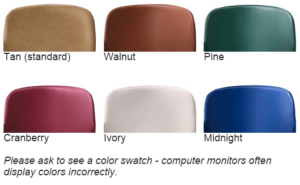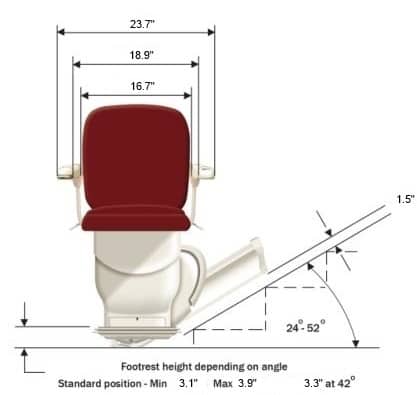Stannah In The Mountain West
Your local stairlift provider STANNAH STAIR LIFTS Get A Free Evaluation At your home No Cost – No-obligations. You will receive a guaranteed price in writing. Call Now 888-896-7255
Siena 600 a Stairlift For Straight Stairs
One Of Many Models
A Stannah Stairlift, Just For You, and Your Stairway
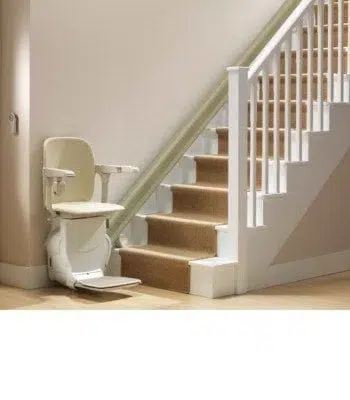
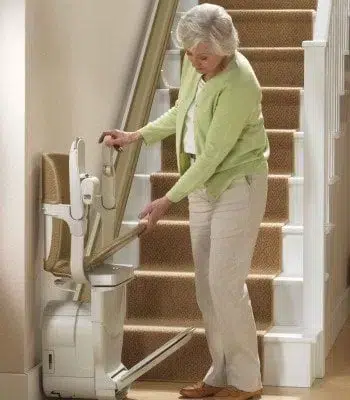
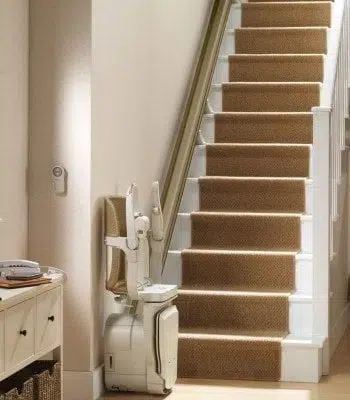
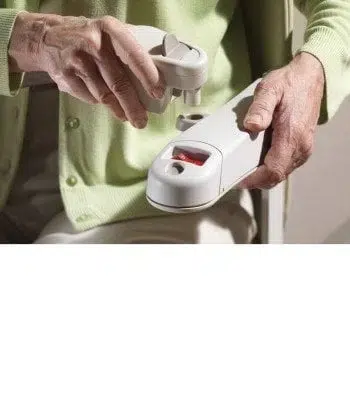

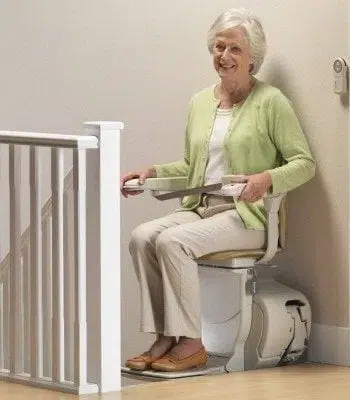
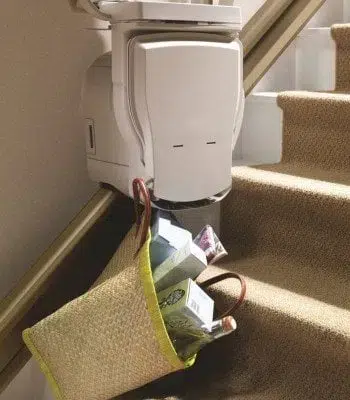
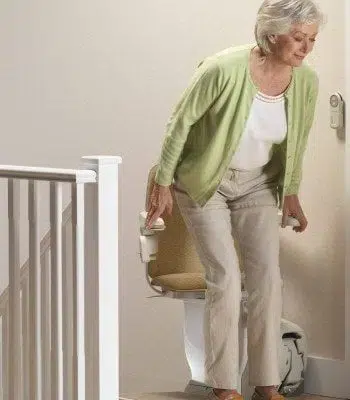
Call Now 888-542-3834
Request More Information
With guaranteed written price.
Description
Specifications and Planning
Colors
Description
- Affordable on most budgets, the Siena chair was engineered to be dependable and easy to use. This lift has proven to be a great option for almost any situation.
- Designed to position the user’s spine as close to the wall as possible, the Siena allows the user’s feet to sit securely on the footrest, making for a more comfortable ride.
- By linking the footrest to the seat, we’ve made folding up your stairlift even easier. Simply lifting the seat will raise your footrest until it is in a secure position. This extra layer of safety is especially important at the top of the stairs.
- Siena has the only seat belt designed just for a stairlift. Instead of being tucked down by the users’ hips like most stairlifts, the Siena has a retractable seat belt that is mounted near the tip of one armrest, and which can be operated with one hand. It simply latches into a hole on the opposite armrest.
- Upholstery choices. Choose from any of our six vinyl upholstery options to find the one that fits your home.
- Downside armrest protection. For additional safety, the armrest nearest the bottom of the stairs must be lowered before the chair can be moved from the using the control on the chair.
- A compliant control. Instead of being a hard switch, the control on the armrest is slightly soft and shaped to allow it to be pushed by many parts of the hand.
- Stannah has the best testing process in the industry. All Stannah stairlifts are tested at full load for the equivalent of 10 years of use, and the motor/gearbox is tested for the equivalent of 20 years. This is a robust stairlift designed to serve you well.
Specifications and Planning
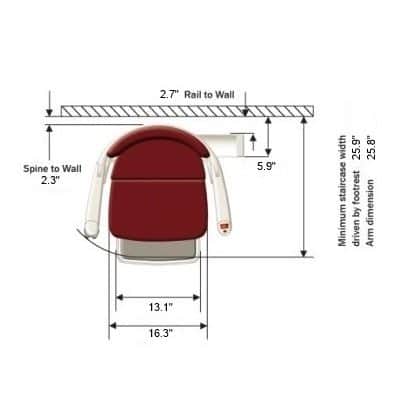
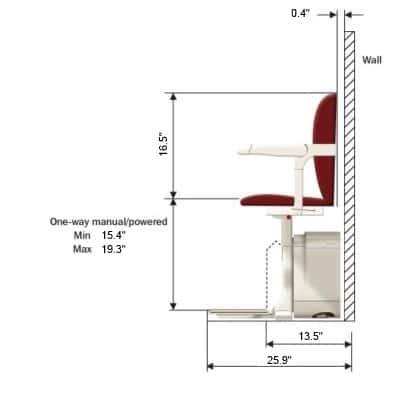
Dimensions measured from the wall are nominal – the addition of a wide baseboard or similar obstruction may affect the dimensions taken from this point. The dimensions are accurate, but you should add 1″ clearance for the user.
- Weight limit: 300lbs.
- Minimum stair width: about 28″. (The stairlift takes up less, but you need room for the users’ knees)
- Distance between armrests: 21.2″ at the front, 19.5″ at the back
- Depth of seat cushion: 15″
- Minimum seat height from floor: 22½”
- Maximum seat height from floor: 27″
- Space needed at the bottom of the stairs: about 27″ in front of first step (but chair can be folded and sent up the stairs when not in use)
- Folded width from wall: 15½”
- Rail protrusion at bottom landing: about 15″ unless a fold-up rail is fitted
- Rail protrusion at top landing: about 4″, but can be installed at 0″ if there is a door at the top
- Width of rail: 3.2″
- Distance of rail from baseboard usually around 3½”
- Speed: about 18’/minute (so about 50 seconds to ride up a typical staircase)
- Remotes: two, one for each landing, infra-red wireless (like a TV remote with two buttons)
- Battery life – stairlift: typically 3-5 years
- Battery life – remotes: typically 1-2 years depending on use. 3 ‘AA’ batteries per remote
- Service interval: annual service is recommended by Stannah and by American Society of Mechanical Engineers code
- User maintenance required: none, but a wipe down with a damp cloth is OK for cleaning
- Standard safety devices:
- Seat belt: retractable seat-belt
- Over-speed governor: required in public buildings, so we fit one to all our stairlifts
- Safety sensors: on the footrest and both sides of chair, to stop the stairlift if it touches an obstruction
- Constant battery-charging: to prevent dead batteries, the biggest cause of call-outs for most stairlifts
- Key lock: located on the carriage, below the seat
- Available options:
- Powered swivel seat option- allows the user to swivel the seat while standing away from the top of the stairs
Colors
